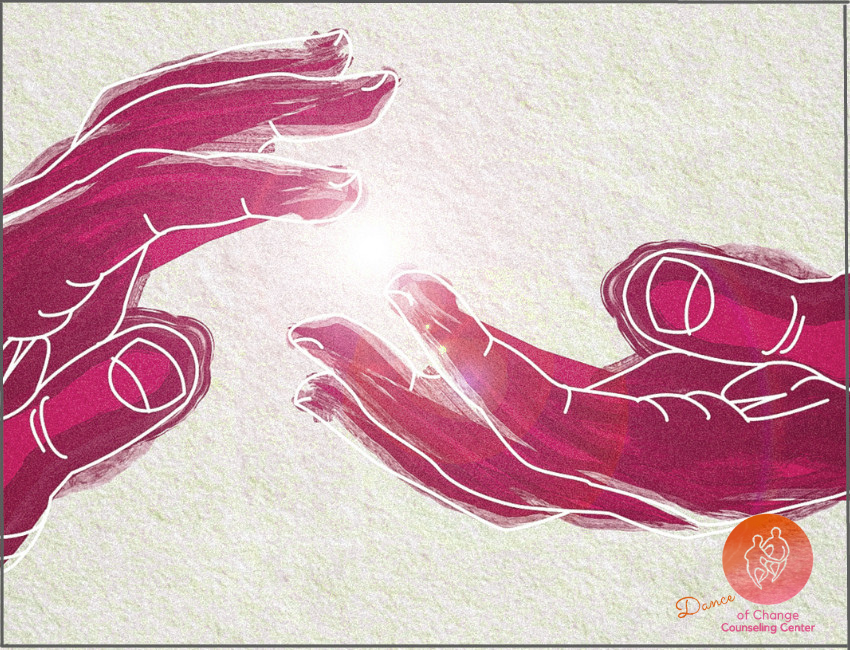 Onward To Kansas City to Support the Next Generation of Somatic Trauma Therapists!
Onward To Kansas City to Support the Next Generation of Somatic Trauma Therapists!
Once again I have the privilege of assistant teaching in the Advanced Level Training of The Somatic Experiencing Therapist Training Program. This is just a month after presenting at the Somatic Experiencing ( SE) Kansas City Summit with many of my colleagues. There were so many good presentations! I spoke about sexual trauma and growth and healing. This is a category of trauma that overwhelms a lot of therapists. Especially when a trauma survivor is part of a couple. It can be hard to know how to include a spouse or partner in part of the growth and healing. And it’s so essential to both the couple and the family system.
It’s amazing to be living at a time where so many people are becoming aware of their childhood trauma. And they are educated enough to know that the body is the key to healing. Enter somatic ( body-oriented) therapy which I have had the privilege of studying and practicing for more than twenty four years!
The Two Approaches a Somatic or Trauma Therapist Can Take
A lot of people don’t know that there are at least two kinds of approaches to somatic therapy. Actually, there are many more than two, but they can be broken down into two general categories . One could be called the talk approach to Somatic Therapy. Just to be clear, this is not just about talking. It can actually be a very active approach. This can include mindfulness skills, eye movement, posture or body movement, breathing or sound exercises, etc. Most Somatic Therapies tend to take this approach, although they all have their unique focus. Another could be called the touch approach
What I get asked a lot by other Trauma Therapists
Therapist that are more talked based often ask me how they can better apply somatic approaches to their existing practice. They might be EMDR or brain-spotting therapists that have some degree of training already and are wanting to take their somatic therapy skills to the next level. Or they might be trained in cognitive approaches such as Cognitive Behavioral therapy (CBT), Dialectical Behavioral Therapy ( DBT) or even Internal Family Systems (IFS) and be new to an embodied approach.
Often what I tell therapists is the best thing you can do to improve your skills is to get your own therapy from a highly trained Somatic Therapist. Sometimes therapist don’t like to hear that. They want to “fix” other people’s trauma without working on themselves. But that’s not how trauma healing works. In trauma therapy you are only as effective as a healer to the extent that you yourself have been healed. We call this self-regulation in therapy speak.
Some body workers, such as massage therapists, physical therapists but also coaches and allied healthy professionals often want to know how to talk to patients about their trauma without veering into the realm of talk therapy. This is a great question because so much of trauma healing involves the repair of boundaries. And those have often been confused, rigid, broken or non-existent as part of the trauma. So, it’s super important to be clear about your own boundaries before you even start to work with others. Again, this often comes down to doing some personal somatic work in order to get clear on your own boundaries. Then, articulating them with others, becomes easier.
Touch Therapy and Complex Trauma (C-PTSD)
Somatic touch therapy is often a powerful tool for people with early developmental trauma or Complex PTSD. But obviously the quality of the therapist is important. A good touch therapist will know how to support you emotionally and in relationship, not just physically. And they should take an extremely gentle and nuanced approach. Rather than trying to “fix you” through adjustments or pop and crack techniques, a trauma therapist uses touch to listen, support or contain. They invite grater regulation through what’s called coherence.
What Makes the Best Trauma Therapist
The best trauma therapists are highly attuned. That means they are not just excellent listeners, they listen using multiple senses . And they know how to make use of that information is a skillful way to help healing. For example, a good therapist will observe how a person walks into a room before anything is said. This can actually be really useful information. They will note the cadence, pace,and breathing pattern of speech, not just the words that are said. If they are a touch therapist, then their hands become another set of ears and eyes.
What this means is the best trauma therapists are inter-disciplinary. They know how to take information from multiple areas: thoughts, emotions, senses, movement, behavior, tissues and organs etc in order to make sense of your overall nervous system pattern. Also, the best trauma therapist can see an individual in context. That means seeing a person in the context of their environment. Whether that’s a kid in their family. a spouse in their marriage, or a person at work. It also encompasses the trans-personal, existential, religious or spiritual experience of a person. Some people might call this Spiritual Counseling. But the best trauma therapist know that spiritual work is not separate from trauma healing. Post traumatic Growth, Spiritual and Personal Growth are often one and the same thing.
